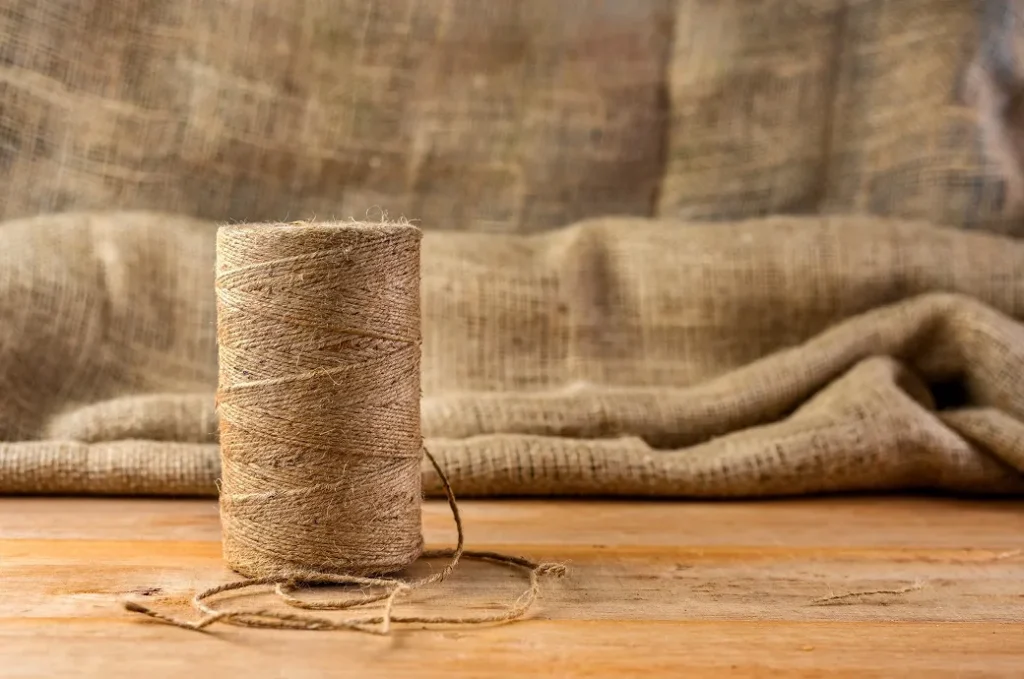Category: Agriculture | Commodity Trends | Indian Current Affairs
Date: June 2025
Stay informed with the latest insights on agriculture and global trade at IndianCurrentAffairs.com.
🌾 Introduction: The Golden Fibre in Today’s Economy
Jute, often referred to as the “golden fibre,” is vital for its sustainability, affordability, and wide-ranging industrial uses—from packaging and geotextiles to home décor and paper substitution. As the world turns to eco-friendly alternatives, jute has regained its economic prominence. In 2025, six countries continue to lead in its cultivation and production.
🌍 Top 6 Producers of Jute in 2025
1. Bangladesh
- Production: ~2.4 million tonnes
- Global Share: ~45–50%
- Why It Leads: Bangladesh benefits from ideal climate and soil, government subsidies, and adoption of high-yield hybrid seeds. It’s also a global exporter of jute goods and diversified by-products.
2. India
- Production: ~1.4 million tonnes
- Global Share: ~30%
- Strengths: With major jute belts in West Bengal, Assam, and Bihar, India has modernised its mills and improved farmer outreach. Eco-packaging demand both domestically and internationally is driving growth.
3. China
- Production: ~0.4 million tonnes
- Share: ~7–8%
- Highlights: Jute in China focuses on domestic industries—twines, rugs, low-cost packaging. Technological advances have improved local yields and processing standards.
4. Thailand
- Production: ~0.25 million tonnes
- Share: ~5%
- Developments: Thailand’s jute revival is tied to government support for diversified crop farming. Focus areas include quality, mill modernisation, and export drives.
5. Myanmar
- Production: ~0.15 million tonnes
- Share: ~3%
- Notes: With fertile delta regions, Myanmar is slowly rebuilding its agricultural infrastructure. UN-backed initiatives and NGOs are assisting in training and cooperative structures.
6. Nepal
- Production: ~0.1 million tonnes
- Share: ~2%
- Key Points: Concentrated around the Terai plains, Nepal’s growth is due to smallholder farmers shifting from rice to fibre crops. Capacity-building support has further helped.
📈 Global Demand Trends
Rising plastic bans and the shift towards sustainable packaging have increased demand for jute. Demand is strong in Southeast Asia, Europe, and Africa, with jute value chains expanding into manufacturing, home décor, and green textiles.
🔧 India’s Competitive Edge
- Scale: Close coordination between farmers and mills in major belts
- Innovation Adoption: Uptake of climate-resilient seed varieties and modern retting techniques
- Government Support: Production subsidies and export support under Make in India
- New Opportunities: Push into composite materials and blended textiles
India’s progress is reflected in the rise of jute from being a legacy crop to becoming a key player in sustainability-based agriculture.
🟢 Sustainability and the Way Forward
Jute grows well in monsoon climates with minimal fertilisers, and its biodegradability makes it far superior to synthetic alternatives. Future focus areas for top producers include:
- Mechanised processing and milling
- Value-added product diversification
- Climate-resilient farming practices
- Export market development
📚 Policy and Farmer Impact
Top producing countries are promoting jute through:
- Minimum Support Price (MSP) schemes (India, Bangladesh)
- Research into seed and cultivation techniques
- Investment in jute processing infrastructure
- Export incentives and international collaboration
Empowering farmers with better access to finance, training, and market channels remains critical.
📌 Conclusion
In 2025, Bangladesh and India remain the world’s jute powerhouses, collectively representing over 75% of global output. Meanwhile, countries like China, Thailand, Myanmar, and Nepal are progressively boosting production through technological and policy support. As the world transitions to sustainable materials, jute stands well-positioned to lead the green revolution in textiles and packaging.
For deeper insight into commodity trends, environmental policy, and agriculture sector updates, bookmark IndianCurrentAffairs.com—your gateway to expert analysis and data-driven reporting.

